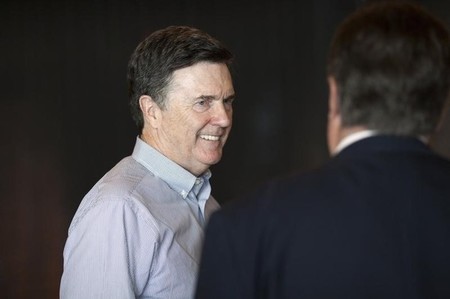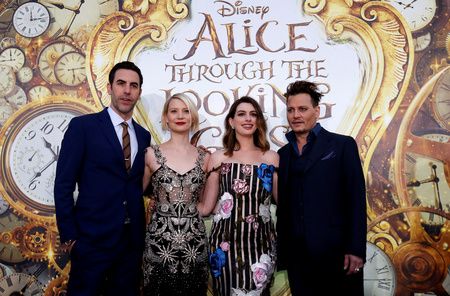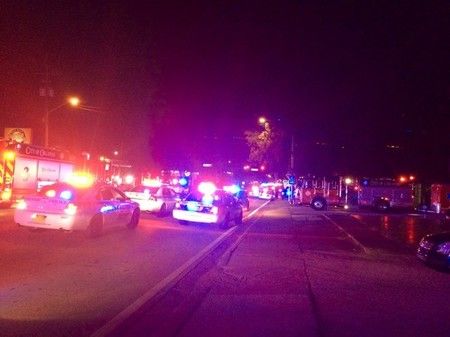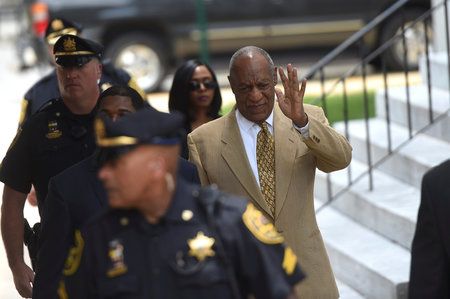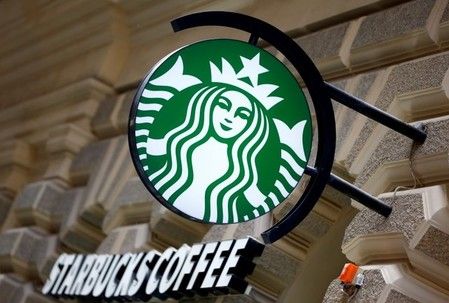Advertisement
Fed’s Lockhart: Don’t count on quick ‘return to normal’

By Howard Schneider
VICTOR, Idaho (Reuters) – Dennis Lockhart became president of the Federal Reserve Bank of Atlanta in early 2007, with the economy still enjoying the steady growth and low unemployment of the “great moderation” and the U.S. central bank confident it could keep that rolling.
Nearly a decade later the Fed has had to trash its playbook in the wake of a severe financial crisis, rethink how the economy works, and come to grips with a world where even the most powerful central bank does not so much set policy as get dragged towards it.
If the hope is for a return to “normal” – the old days when central bankers refereed a well-defined trade-off between inflation and unemployment – it is not likely to happen soon, Lockhart told Reuters.
“We are clearly in a different economic period of history, economic environment … This yearning that you so often hear about and read about for a return to normal is probably a really false objective,” the 69-year-old policymaker said.
“I can envision for a number of years a lower potential growth rate … That means the appropriate interest rate remains in a low range.”
Though Fed officials often speak of headwinds holding back the economy, Lockhart said he has become increasingly worried about longer-lasting structural problems that have left the Fed and other central banks in the position of “adapting to realities we cannot influence.”
The list of those “realities” has grown long, as Lockhart elaborated in an interview on the sidelines of the Global Interdependence Center’s Rocky Mountain Economic Summit in Victor, Idaho.
Liberalized capital rules and investors taking a global “scan” mean the fortunes of the U.S. economy and Fed policy are now tied to the world economy; productivity is lagging with no reason to expect it to surge; demographic change may be weighing on demand as baby boomers scale back; and political risk, from Brexit to the 2016 U.S. presidential election, is just the latest in a series of reasons businesses may hesitate to invest.
It would take a much more optimistic outlook for the U.S. and global economies to break out of that scenario and shift into higher gear, Lockhart said. Crucially, governments have to look beyond the monetary policy crutch that has characterized the recovery from the 2007-2009 recession.
“I don’t think that is impossible. But I do believe we have to have well-calibrated, well-designed monetary policy, and to the extent possible a number of things that you would consider generally on the fiscal side … Tax policy, regulatory policy, immigration policy, a whole range of things that would get the animal spirits moving again.”
NO MORE HAWKS OR DOVES
The situation has pulled down the Fed’s interest rate increase expectations and economic forecasts as well as put the central bank in a reactive stance.
Textbook central banking, with its hawk-dove taxonomy and effort to stay “ahead of the curve” on inflation, has given way to an era of shape-shifting and adaptation.
A one-time monetary policy hawk like St. Louis Fed President James Bullard now sees no imminent reason for inflation to move; international concerns have taken on increased weight, and the once-taboo discussion of exchange rates is common.
Since the Fed began publishing interest rate outlooks in 2012, the path and endpoint of policy has steadily shifted lower. This year, which was expected to involve a steady “normalization” of policy, stands to be no different.
In December, the Fed raised rates for the first time in nearly a decade and signaled another four rate increases for 2016. But a global growth slowdown, financial market volatility and other events have kept it on the sidelines.
Speaking in St. Louis on Friday, Bullard reiterated his view that the Fed should raise rates once more and then leave them unchanged for the foreseeable future because there’s “no reason to think” the U.S. economy will break out of its low-growth rut.
Lockhart says the Fed might still eke out one or two rate increases this year – but not the four he anticipated at the beginning of 2016. There’s no real argument about inflation, and only a modest one over the financial stability implications of continuing to leave rates so low – a sign of how the debate has shifted, he said.
“The more extreme characterizations of hawks and doves, where the implication is that participants on the committee want to go in entirely different directions at any given point in time … that is not the current set of circumstances,” Lockhart said.
“The committee is much tighter in its array of opinion, and the differences between points of view are more nuanced and more related to sooner versus a little later on questions of policy.”
(Reporting by Howard Schneider; Additional reporting by Ann Saphir; Editing by David Chance and Paul Simao)

